Last updated: May 5, 2025
Article
Preserving History & Our Ecosystem with Native Plant Relocation
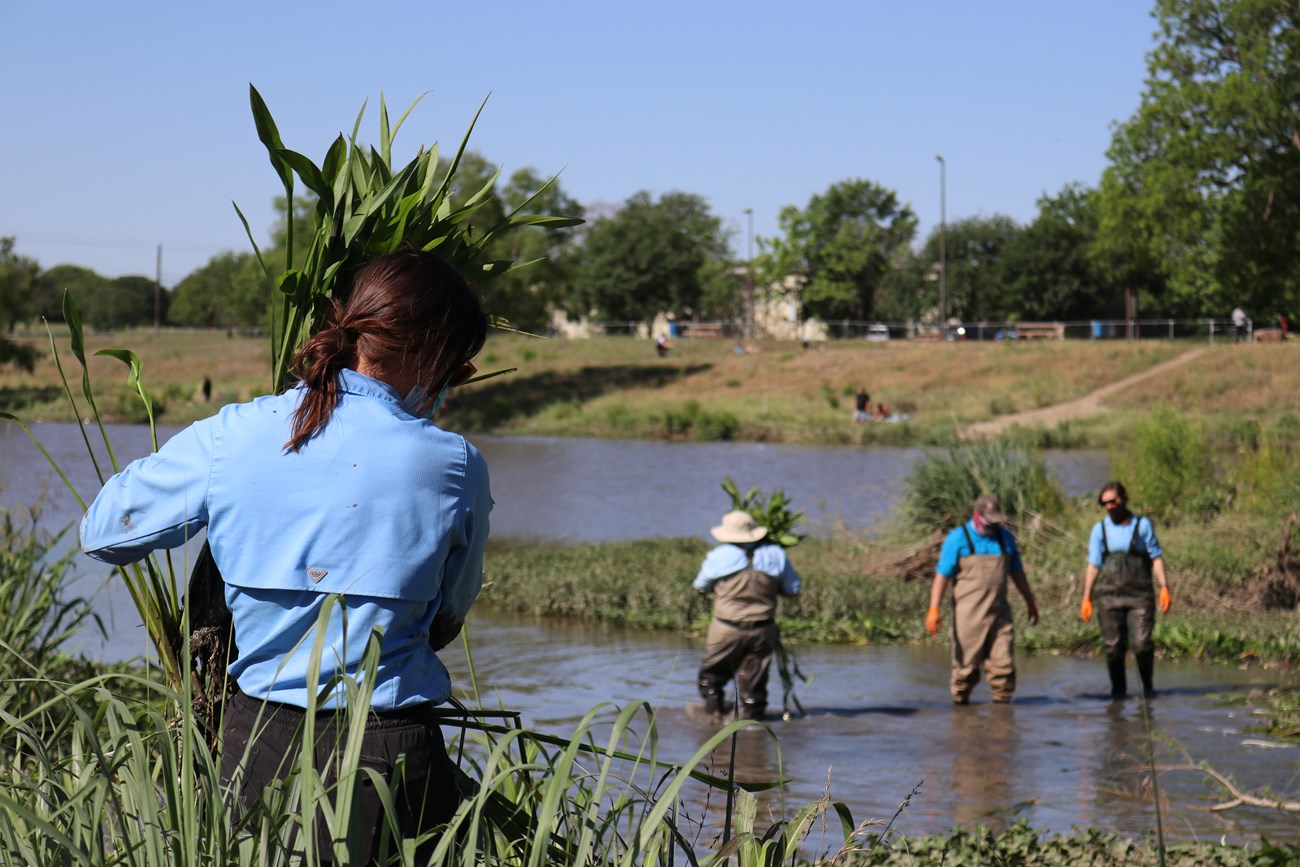
NPS Photo.
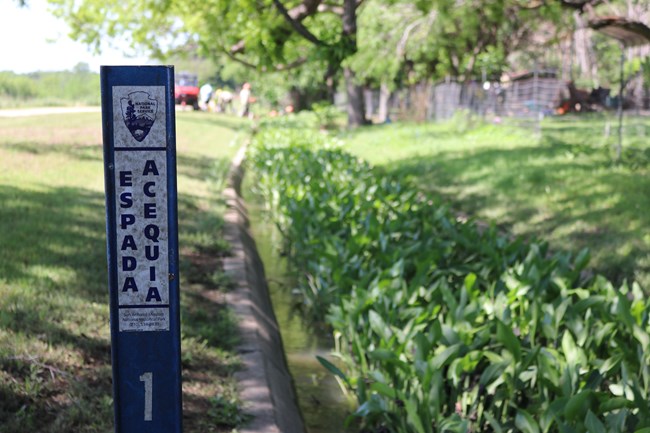
NPS Photo.
In the image shown here, Sagittaria (also known as Arrowhead Plants) were obstructing the historic acequia.
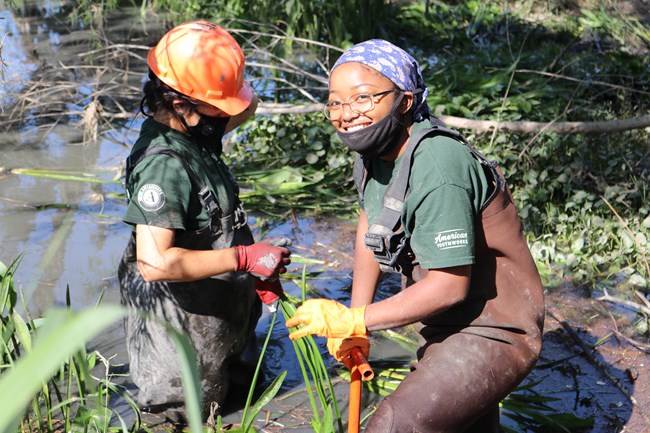
NPS Photo.
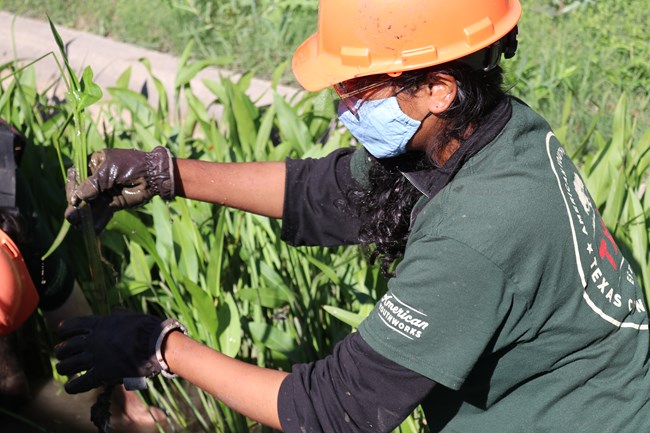
NPS Photo.
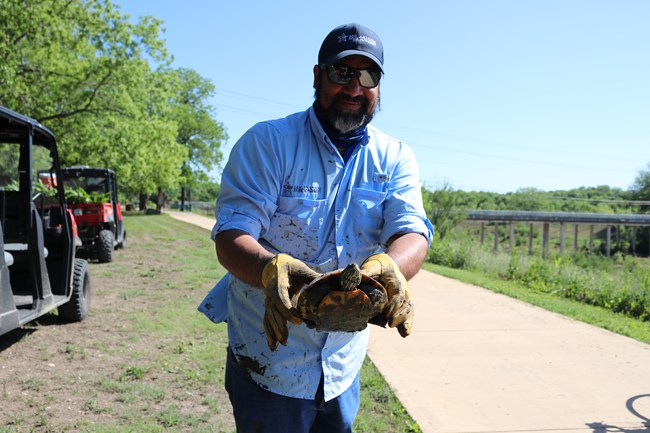
NPS Photo.
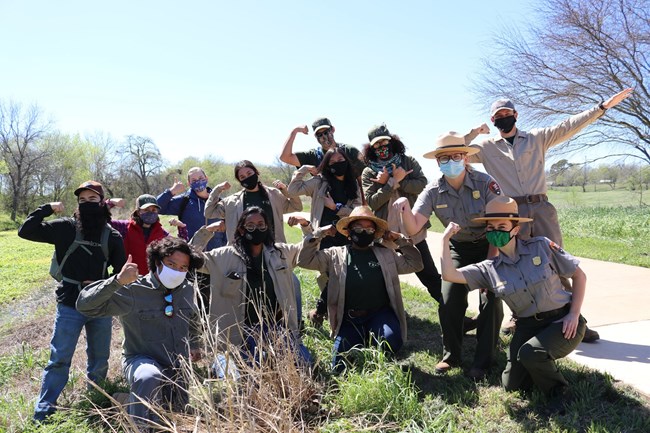
NPS Photo.
